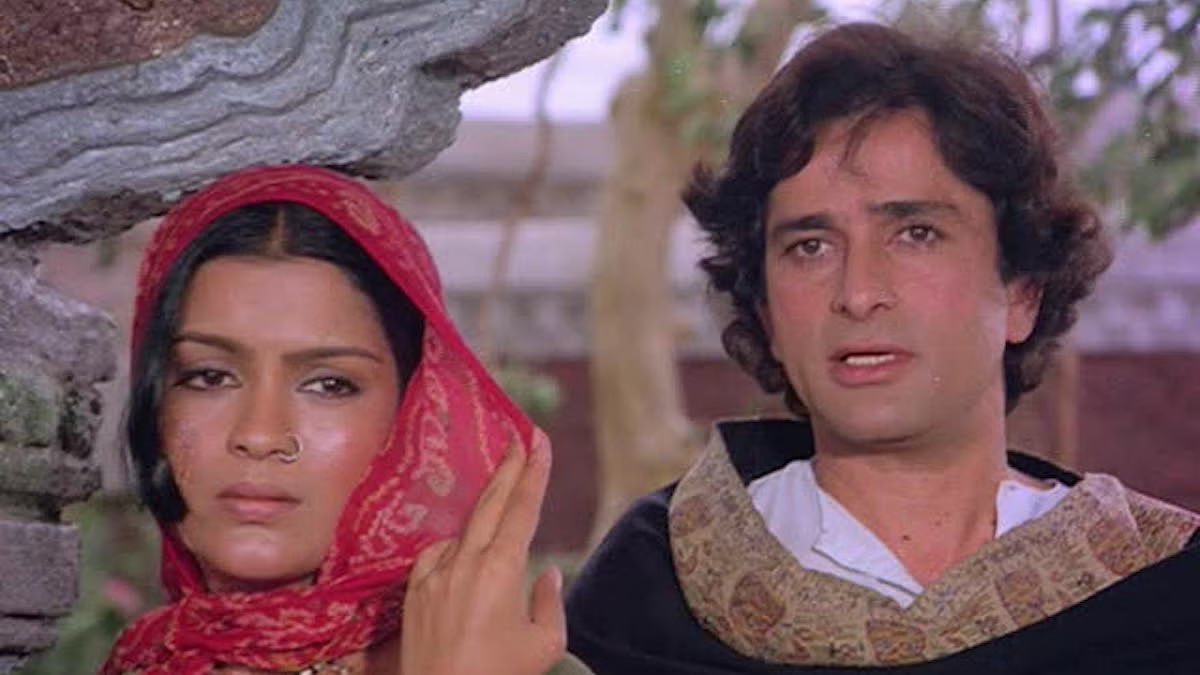The movie ‘Satyam Shivam Sundaram’ starring Shashi Kapoor, Zeenat Aman, Padmini kolhapure, became the subject of prosecution when a person from Himachal filed a petition against producer, actor, photographer, exhibitor and distributor of that film, Raj Kapoor. Petitioner had the issue with its obscene poster (according to him) but choosing the religious title ‘Satyam Shivam Sundaram’.
The complaint alleged that the fascinating title was misleadingly foul and beguiled the guileless into degeneracy. The Magistrate, after examining some witnesses, took cognizance of the offence and issued notice to the accused.
Thereupon, the producer (Raj Kapoor) moved the High Court under Section 482 Cr. P.C. on the score that the criminal proceeding was an abuse of the judicial process and engineered by ulterior considerations and that no prosecution could be legally sustained in the circumstances of the case, the film having been duly certified for public show by the Board of Censors.
The High Court, however, dismissed the petition, ignoring the contention that the film had been given ‘A’ certificate by the Central Board of Film Censors and finding in the prosecution nothing frivolous or vexatious nor any material to quash the proceedings. The aggrieved film producer reached to Supreme Court in the hope and pressed before the court one principal objection founded on Section 79 I.P.C. to neutralise Section 292 I.P.C.
Section 292 of the IPC constituted the offence of ‘Obscenity’. And Section 79 of IPC provides that,
“Nothing is an offence which is done by any person who is justified by law, or who by reason of a mistake of fact and not by reason of a mistake of law in good faith, believes himself to be justified by law, in doing it.”
Petitioner contended that if his act constitutes offence under one section of IPC, namely ‘Obscenity’. Then by the effect of Section 79, this offence may be exonerated. Because here petitioner was justified by law in doing the act as censor board also passed the film for release.
Petitioner plead that once a certificate sanctioning public exhibition of a film has been granted by the competent authority under the Cinematograph Act, 1952, there is a justification for its display thereafter, and by virtue of the antidotal provisions in Section 79 of the Penal Code, the public exhibition, circulation or distribution or the production of the film, even if it be obscene, lascivious or tending to deprave or corrupt public morals, cannot be an offence, under Section 292 I.P.C..
After considering the limit of prosecution against the pieces of art where a good amount has been invested, the Supreme court quashed the prosecution against the petitioner and gave green light for the release of the movie.
Speaking for the bench, Justice Krishna Iyyer gave the reasoning of their decision, when he said that,
“If the offender can irrefutably establish that he is actually justified by law in doing the act or, alternatively, that he entertained a mistake of fact and in good faith believed that he was justified by law in committing the act, then, the weapon of Section 79 demolishes the prosecution.”
Justice Iyyer further said that,
“A special legislation viz. the Act of 1952, sets up a Board of Censors of high calibre and expertise, provides hearings, appeals and ultimate judicial review, pre-censorship and conditional exhibitions and wealth of other policing strategies.
The Board under Section 5B (Principles of guidance in certifying films) has to consider, before certification, all the points Section 292 I.P.C. prescribes. Indeed, neither the Penal Code nor the Cinematograph Act can go beyond the restrictions sanctioned by Part III of the Constitution (fundamental rights and most importantly ‘Right of speech’) and once the special law polices the area it of pro tanto out of bounds for the general law.
If the Board blunders, the Act provides remedies. We are sure the public-spirited citizen may draw the attention of the agencies under the Act to protect public interest.
If, as here, the Board of Censors, acting within their jurisdiction and on an application made and pursued in good faith, sanctions the public exhibition, the producer and connected agencies do enter the statutory harbour and are protected because Section 79 exonerates them at least in view of their bona fide belief that the certificate is justificatory.”
After writing their decision, Justice Iyyer appealed to adopt a balanced approach of morality and public policy in the production of films. He said that,
“Two things deserve mention before we close. Prosecutions like this one may well be symptomatic of public dissatisfaction with the Board of Censors not screening vicious films. The ultimate censorious power over the censors belongs to the people and by indifference, laxity or abetment, pictures which pollute public morals are liberally certificated, the legislation, meant by Parliament to protect people’s good morals, may be sabotaged by statutory enemies within. Corruption at that level must be stamped out.
And the Board, alive to its public duty, shall not play to the gallery; nor shall it restrain aesthetic expression and progressive art through obsolete norms and grandma inhibitions when the world is wheeling forward to glimpse the beauty of Creation in its myriad manifestations and liberal horizons.
Going to the basics, freedom of expression is fundamental. The censor is not the moral tailor setting his own fashions but a statutory gendarme policing films under Article 19(2) from the angle of public order, decency or morality. These concepts are themselves dynamic and cannot be whittled down to stifle expression nor licentiously enlarged to promote a riot of sensual display.”
Reference
Raj Kapoor vs Laxman, AIR 1980 SC 605, 1980 CriLJ 436, (1980) 2 SCC 175, 1980 2 SCR 512, 1980
